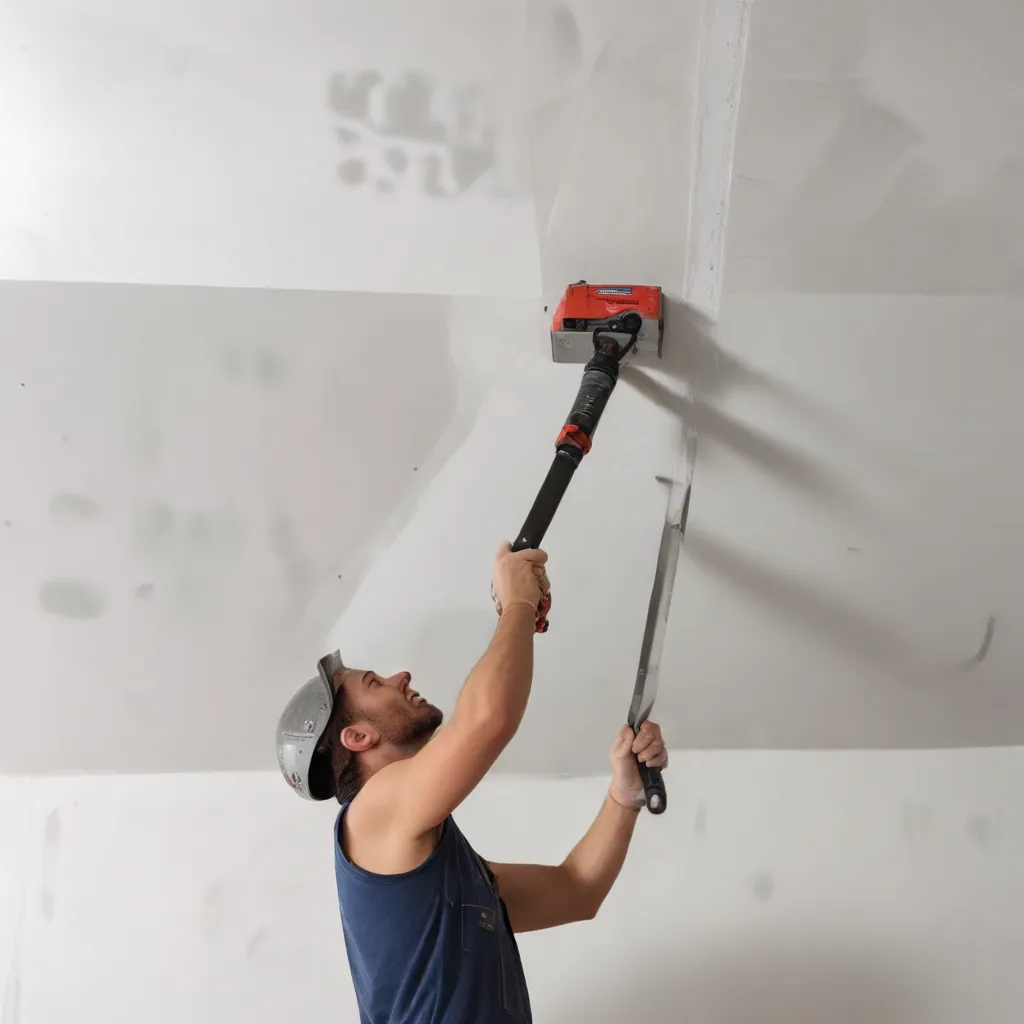
Insider Tips for Selecting the Right Drywall Tools and Supplies
As an experienced home improvement consultant, I’ve learned that the right tools and materials can make all the difference in a successful drywall project. Whether you’re a seasoned DIYer or a reluctant renovator, choosing the appropriate drywall tools and drywall supplies can save you time, money, and frustration. In this comprehensive guide, I’ll share insider tips to help you navigate the world of drywall essentials and ensure your next project is a smooth, professional-looking success.
Drywall Project Essentials
The foundation of any drywall project lies in the essential tools and materials. Let’s start by exploring the must-have items for your drywall toolkit.
Essential Drywall Tools
The basic drywall tools include drywall knives, mud pans, taping tools, and drywall sanders. For beginners or those tackling smaller repairs, a set of high-quality drywall knives in various widths (e.g., 6″, 8″, 10″) can handle most mudding and finishing tasks. Pair these with a sturdy mud pan and a drywall hawk for efficient application and smoothing of the joint compound.
If you plan to take on larger projects or want to minimize sanding, consider investing in automatic taping tools, such as a drywall banjo or drywall taper. These specialized tools can drastically improve the efficiency and consistency of your drywall finishing.
When it comes to sanding, a 9-inch circular drywall sander is a great all-around option, while rectangular drywall sanders are the preferred choice for professional-level results. Opt for a vacuum-assisted sander to minimize dust, especially if you’ll be working in enclosed spaces.
Drywall Fastening Solutions
Properly securing drywall to the framing is crucial for a stable, long-lasting installation. Drywall screws are the most common fasteners, but you may also need drywall nails or adhesive for certain applications. Ensure you select the appropriate length and type of fastener based on your wall thickness and framing material.
Specialty Drywall Accessories
To round out your drywall toolkit, consider incorporating drywall mesh tape, joint compound tools (e.g., skim coating blades, corner knives), and texture spraying equipment. These specialty items can help you achieve professional-looking results, particularly when dealing with complex repairs or unique finishing touches.
Optimizing Drywall Material Selection
The performance and durability of your drywall project rely heavily on the materials you choose. Let’s explore some key considerations for selecting the right drywall products.
Drywall Types and Specifications
Not all drywall panels are created equal. Standard drywall, moisture-resistant drywall (often called “green board”), and fire-rated drywall each have their own unique properties and applications. Familiarize yourself with the various drywall thicknesses, sizes, and edge types to ensure you select the appropriate product for your project.
Drywall Finishing Compounds
The joint compound, or “mud,” you use can significantly impact the final appearance and longevity of your drywall installation. All-purpose joint compound, setting-type joint compound, and specialty finishing compounds (e.g., lightweight mud, topping compound) each serve different purposes, so choose wisely based on your project requirements.
Drywall Trim and Reinforcement
Drywall trim, such as corner beads, edge trim, and drywall reveals, can elevate the visual appeal and protect vulnerable areas of your walls. Additionally, drywall mesh tape and paper tape play a crucial role in reinforcing and concealing joints, ensuring a seamless finish.
Efficient Drywall Installation Techniques
Mastering the right drywall installation techniques can make all the difference in the quality and efficiency of your project. Let’s explore some best practices to keep in mind.
Drywall Cutting and Measurement
Accurate drywall cutting and measurement are essential for minimizing waste and achieving a tight, professional fit. Utilize a T-square, utility knife, and drywall saw to precisely mark and cut your panels, ensuring they align properly with the framing.
Drywall Hanging and Finishing
When it comes to drywall hanging, pay close attention to the orientation of the panels, staggering the seams to enhance the overall strength and stability of the installation. Carefully apply joint compound in thin, even layers, allowing ample drying time between coats. Smooth each layer with your drywall knives to create a seamless finish.
Drywall Sanding and Cleanup
Proper drywall sanding is the key to a flawless, ready-to-paint surface. Use drywall sanders with vacuum attachments to minimize dust and make the cleanup process more efficient. Finish with a thorough wipe-down and drywall dust removal to ensure a pristine work area.
Drywall Project Planning and Safety
Successful drywall projects require thoughtful planning and a keen eye for safety. Consider the following elements to ensure your next drywall undertaking is a smooth, efficient process.
Drywall Project Scope and Layout
Carefully assess the scope of your project, taking into account the wall dimensions, framing configuration, and any existing electrical or plumbing components. Create a detailed layout plan to optimize material usage and minimize waste.
Drywall Safety Considerations
Prioritize safety throughout your drywall project. Wear appropriate personal protective equipment (PPE), such as dust masks, safety goggles, and gloves, to safeguard yourself from potential health hazards. Ensure your work area is well-ventilated and take breaks to avoid fatigue.
Drywall Tool Maintenance
Properly caring for your drywall tools is essential for maintaining their performance and longevity. Clean and store your knives, sanders, and other equipment after each use to prevent corrosion and prolong their lifespan.
By following these insider tips and leveraging the right drywall tools and supplies, you’ll be well on your way to tackling your next drywall project with confidence and achieving professional-quality results. For more renovation insights and inspiration, be sure to visit Reluctant Renovator.



